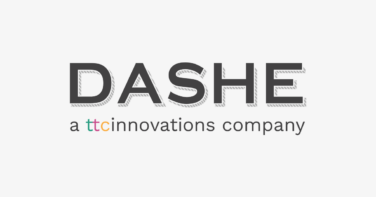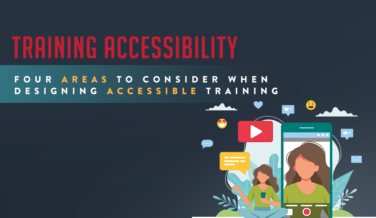Soft Skill Development: A Necessary L&D Investment in 2022
When thinking about learning and development, targeted skills can be split into two basic categories: soft skills and hard skills. Hard skills are those that are directly related to processes, knowledge, and function; for example, coding software, installing flooring, or even being able to use a cash register. Hard skills are the backbone of nearly all businesses because they deal with very specific specialties that not all workers possess.
Often, the learning and development landscape is focused on targeted learning outcomes and objectives that are directly related to business outcomes and hard skills. These include compliance and regulatory training, technology training, and a variety of other fact-based learning objectives. These are all great opportunities to leverage L&D, but often leave behind a sector of development that is crucial for both employee and organizational success: the aforementioned soft skills. Soft skills are all the traits that individuals possess that are not directly related to a particular proficiency. Some examples of soft skills are communication, time management, and critical problem solving. These skills are necessary traits for nearly everyone in the business world, but are often taken for granted or viewed as innate, unique traits that cannot be developed. This is simply untrue, and the proof is in the results of L&D programs that have been built to target softy skill development for decades.
Still not convinced that soft skills are a critical part of business success? Here are some statistics to consider.
- 93% of employers consider soft skills to be either “very important” or “essential.”
- 55% of CFOs agreed that the greatest challenge of hiring professionals in accountancy is how to choose a candidate with the right soft skills.
- Only 31% of employers provide their employees with soft skill
- More than 50% of employers agree that the shortage of skills (both soft and technical) has worsened over the years, and nearly 30% of all job candidates do not have the correct soft skills.
Soft skill proficiency has always been an issue for employers, but the recent vacancy in job positions has made this gap in skills even more visible. If your organization is looking to stay on the cutting edge of employee proficiency, efficiency, and effectiveness, look no further than a soft skills training program. Fortunately, due to the plethora of custom L&D programs available, creating a cost-effective, impactful learning program is easier than ever before.
Building your first soft skills training program
When thinking about building a soft skills program for your organization, here are some things you should keep in mind.
- Understand your target audience
- Conduct a needs analysis
- Consider various L&D methods
- Build for the future
Understand your target audience. Soft skills are valuable for all employees across departments and teams, but it’s still important to understand exactly who you are targeting. For many organizations, the answer to what their target audience is will be “everyone,” and that’s just fine. However, if you are looking at improving specific areas within your business and want to set a firm budget, establishing your exact target audience can help you home in on exactly what you need and how much you need to spend.
Conduct a needs analysis. We always recommend conducting a needs analysis when creating an L&D program, and this is especially important when creating a soft skills training program. The absence of necessary soft skills can be hard to identify without a thorough analysis, mainly due to the fact that they are not directly related to a specific business outcome. For example, if your organization is noticing a significant drop in new sales, it can be difficult to pinpoint the cause. Conducting a needs analysis will help you understand where exactly the root of the problem is, and how you can best solve it with a training program.
Consider various L&D methods. There are hundreds of effective ways to deliver training programs to your employees. This can seem overwhelming, but it is important that you make the correct choice, as L&D format is one of the main factors that can help or hinder learner outcomes. We’ve written quite a few articles on how you can choose the perfect solution for your learners—but a few keys to consider are accessibility, engagement, and scalability. If you can develop a learning solution that tailors to the preferences of your learners, you will see better outcomes.
Build for the future. Training on soft skills is not a one-and-done experience. The need for soft skills will continue to increase in the future, so it’s important that your organization works to create a solution that will stay relevant for the foreseeable future. This means working to create a scalable solution that can be leveraged in the future by new employees. Furthermore, you can create a learning solution that implements cutting edge soft skill proficiency to further guarantee its longevity and effectiveness.
There is no doubt that soft skills deserve just as much attention and budget allocation as hard skills. As work continues to change and evolve, soft skills are becoming not only advantageous, but critical to organizational success. Employees who can collaborate, communicate and problem solve effectively will be valuable to your organization no matter what division, department, or team they are a part of. Furthermore, showing your employees that you value their development and personal growth can offer a plethora of benefits, including employee satisfaction and job performance.
As your organization continues to grow in the modern work landscape, soft skill education programs should be at the forefront of your L&D strategy. Working to create learning programs that focus on the whole learner and develop critical skills will continue to be beneficial for the foreseeable future, and investing in these programs now can give your workforce a competitive edge.
Continue reading

Dashe joins ttcInnovations
Learn More
Embracing the Future: Early Adopters of Generative AI for Learning
Learn More
Four Areas To Consider When Designing Accessible Training
Learn MoreCommitted to
finding solutions

